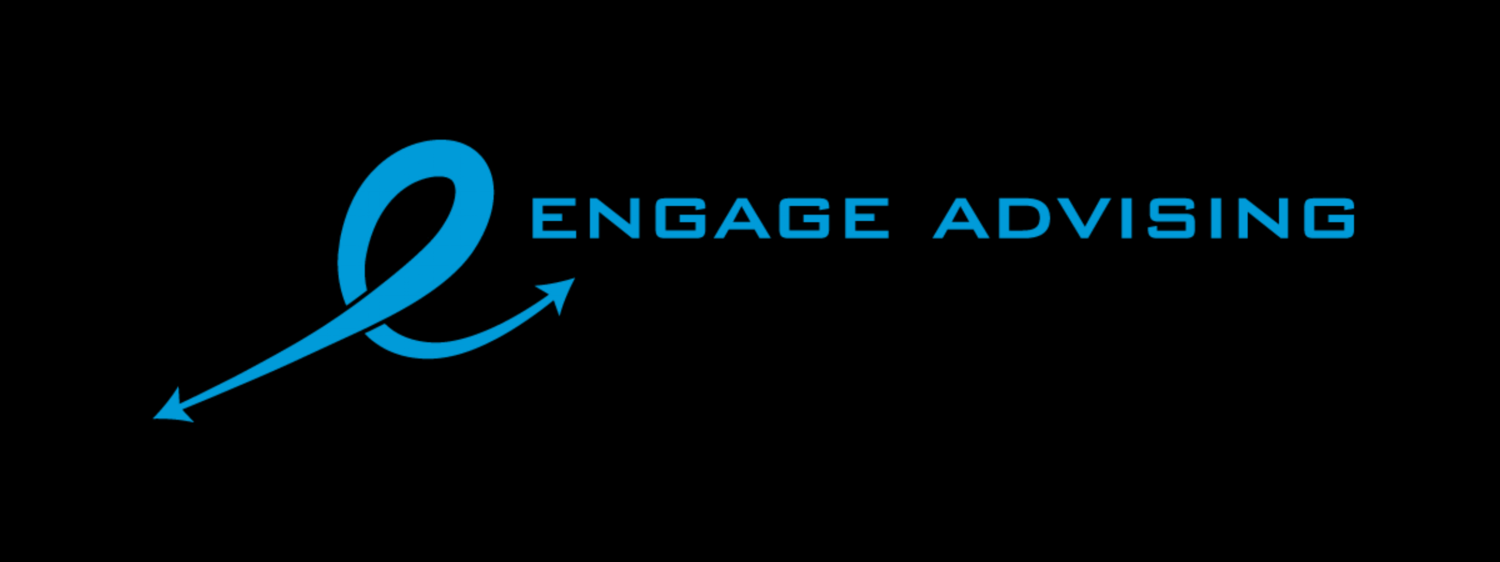A lot of folks have rediscovered bonds from the US Treasury Department; specifically, the Series I bond. Part of the reason is the ongoing press coverage of the Series I bond in the press right now. For years we’ve earned very little, and in some cases no interest on our checking and savings accounts. High-yield savings accounts being somewhat better. Recently however, the composite rate on the I bond hit over 9% and that garnered a lot of media attention. So, should you buy I bonds or not? Let’s dig in a bit and find out.
The question isn’t if you should buy I bonds, but whether I bonds fit into your overall long-term financial plan, and what your reason is for buying the I bond. How much cash do you want to tie-up and for how long? The current rate on the I bond offering is really good and makes savings rates and the rollercoaster stock market look less appealing. But keep in mind the rate can and does change every six months.
Let’s look at how the rate is calculated. Treasury uses what’s called a composite rate for the Series I bond. They take a fixed rate, add the semiannual inflation rate and reach the composite rate. Composite rate = [fixed rate + (2 x semiannual inflation rate) + (fixed rate x semiannual inflation rate)]. For example, the current fixed rate is 0%, and the semiannual inflation rate is 4.81% for May 2022 through October 2022. Thus, 9.62% right now on I bonds purchased through October. That rate is not for the life of the bond, and I think people are missing that point. The rate changes again in November. You should note the current fixed rate for this period is 0%. So, if inflation abates and goes to negative or zero, and your bond’s fixed rate is also zero, you could end up with no interest for the period until the semiannual rate changes to positive. The good news is the rate cannot go negative and your redemption value can’t decline.
A few key things to know about the I bond if you wish to buy.
- Each person can buy up to $10,000 annually (electronic form)
- You can use your tax return to purchase another $5,000 (paper form)
- Your trust can purchase up to $10,000 annually (electronic form)
- Your children can purchase up to $10,000 annually (electronic form)
- If you redeem “cash in” your bond within 5 years, you surrender your most recent 3 months of interest
As you can see, it’s not as simple as whether you should rush to buy an I bond, or not. If it fits into your financial plan, an I bond purchased now could be a good addition to your portfolio. A few ifs factor in here. If you have a sufficient emergency fund, if you are fully funding your retirement account, if you have investments in a taxable investment account, and if you have some extra cash don’t need for the next few years, you could consider adding some I bonds to your holdings.
I encourage you to read more at Series I Savings Bonds prior to making any purchase. Head on over to treasurydirect.gov and explore your options. You can also click the image of FS Publication 0039 to read a summary from Treasury as to how I bonds work.
As an independent CERTIFIED FINANCIAL PLANNER™, I can help you with your personal financial plan. Contact me and let’s get started on a savings, investing, or retirement plan. #talktometuesday #education #Hireaplanner #stressfree #savings #bonds #ibonds #retirement #CFPPro #whatsMYnumber #treasury


